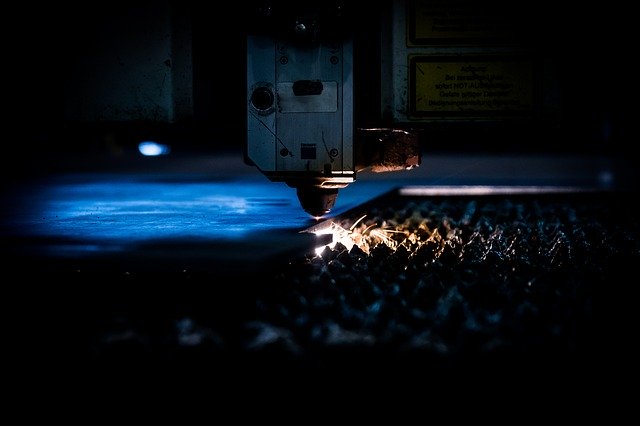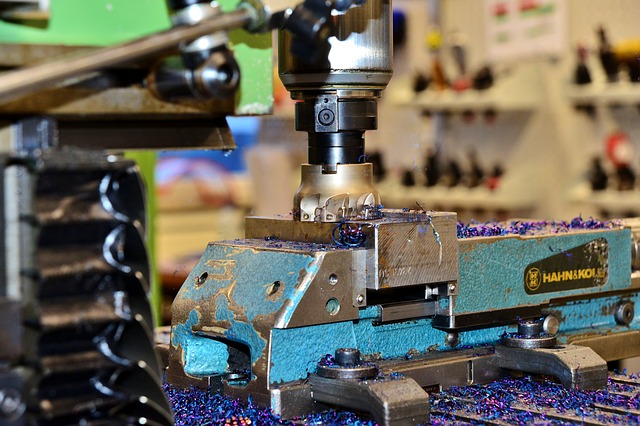One may think or qualify maintenance of CNC plasma kits Australia as some kind of a boring chore when compared to the aspects of running and keeping a successful machine fabrication shop. Proper maintenance or the upkeep for these machines is of prime importance not only because of the repair costs but more importantly due to the possibility of losing great amounts of profit if their equipment will be shut for some needed some repairs.
Preventive Maintenance Plan
If you want your CNC plasma kits Australian tools running smoothly and will help in keeping your business raking in more profits, it is paramount to have a preventive maintenance plan in place. This will be comprised of routine check-ups for your pieces of equipment to help in boosting up their efficiencies. It will also help increase their uptimes and in doing so will significantly enhance your expectable profit margins.
Are you not convinced yet? Here is something worth pondering on. CNC cutting machines, in the sheer absence of a good maintenance plan, are likely to experience unplanned breakdowns and this occurring may cost you 5 times more compared to annual PMPs. Between the wasted, unproductive hours and expedited part shipment, a solid PMP program in place will win for your business affordable machine maintenance.
Daily Care Routine for Your CNC Cutting Machines
- Set a convenient time to inspect your hydraulic pressure and see to it that it is set at 4.5 MPa.
- Verify that your machine’s hydraulic fluids are on the right operating level.
- Verify if your chuck pressure is set to the right operating pressure as per manufacturer instruction.
- See to it that your lube level is at the correct operating level and to replenish it as necessary.
- CNC cutting machines equipped with its cooling system must be set at the right operating level all the time.
- Make it a habit to clear the chips from the chip pan.
- Make it sure that you clean your machine’s window door and light, this way you can see what is inside.
Every week or right after the lapse of 40 hours or so, make it sure to take off your CNC control cabinet. Regular cleaning of this area is paramount to have proper ventilation and ease out cooling.
Every 3 Months
After every 500 hours of use, make sure that you check out the chip conveyor chain and grease it as necessary. Also, don’t skimp on checking and cleaning out the filters on the coolant tank.
Every 6 Months
After every six months, doing the math we’ll see this is equivalent to 1000 hours, after the lapse of this period you may need to reach out to your local distributor and have them perform the following preventive maintenance measures on your CNC cutting machines:
- Clean the coolant tank and clear it from chips, sludge, and oil.
- Dismantle the chuck and jaws from your CNC cutting tool to have it cleaned.
- Drain the hydraulic tank and change your hydraulic oil with a new one.
- Clean the radiator and see to it that your machine radiator fins are straight.
- Drain and clean your lubrication unit before you put on fresh lube to it.
- Have your machine leveling checked and make proper adjustments as necessary.
- Check also your wipers and inspect for any damage, replacing them as necessary.

Once a Year
After every 2,000 hours of usage of CNC plasmacam Australia machines, which is roughly after a year, once every year reach out to your local distributor and have him inspect the following:
- Check out the headstock and look for any tapers
- Check out your machine spindles and inspect for radial or end play.
- Inspect your chuck cylinder and check it for run out.
- Check your tailstock for any taper presence.
- Have your machine’s inclination and turret parallelism inspected.
Then finally, make it sure that your distributor will perform a backlash program. By this measure, they’d be able to see if the backlash in the X and Z axis are in proper order. Otherwise, make proper adjustments as necessary.

